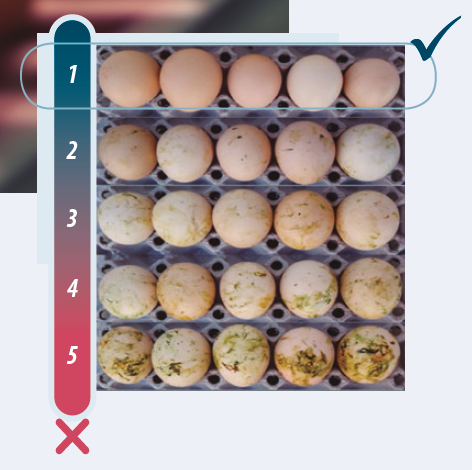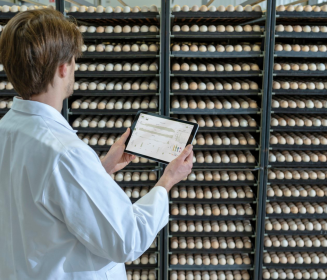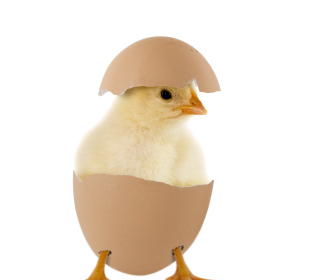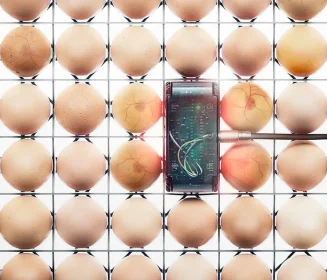22 Jul 2020
Preventing dehydration of day old chicks at the hatchery
Content available at: Español (Spanish)Newly hatched chicks are unable to thermoregulate, therefore air temperature, humidity and air velocity all have […]
Content available at:
Español (Spanish)
Newly hatched chicks are unable to thermoregulate, therefore air temperature, humidity and air velocity all have a direct impact on their body temperature post-incubation.
Avoiding dehydration in day-old chicks is essential if we want to attain their maximum genetic potential from the start. During the hot season, it is even more crucial, as chicks can encounter high temperatures on arrival at the farm and in some areas this can combine with low humidity, further exacerbating dehydration.
There are two main factors that must be reviewed in the hatcheries to prevent dehydration of day-old chick:
- Chick yield
- State of the eggshell at hatch
A desired chick yield should be between 67-68%. This ensures that we will have active chicks ready to eat and drink as soon as they are housed at the farm. Yields below 67% can lead to dehydration, as this means that there are less yolk reserves. Chicks with low yield are often overactive and noisy.

Analysing the amount of fecal dirt (meconium) on the eggshells at the time of the hatch is an effective indicator whether the chicks have been in the hatcher for too long or not (very long hatch window).
The procedure consists of selecting the dirtiest eggs from random hatcher trays (ideally 5 trays/hatcher). Figure 1 shows what egg shells should look like on hatching trays. The goal is to get a score between 1 and 2. If the eggshells are too stained, the following key points should be checked:
- Hatch window too long
- High temperature in the incubator
- Incubation time too long

Figure 1. Status of the eggshell at hatch
Comfort in the loading area and in transport
 Table 1. Summary of optimal conditions in the chick holding room and chick transport. Temperature, humidity and air speed should be checked to prevent chicks from panting, thus losing water at a higher speed, leading to dehydration. Chicks that are not at a correct body temperature will have a lower performance than the rest.
Table 1. Summary of optimal conditions in the chick holding room and chick transport. Temperature, humidity and air speed should be checked to prevent chicks from panting, thus losing water at a higher speed, leading to dehydration. Chicks that are not at a correct body temperature will have a lower performance than the rest.
TO CONTINUE READING REGISTER IT IS COMPLETELY FREE
Access to articles in PDF
Keep up to date with our newsletters
Receive the magazine for free in digital version
REGISTRATION
ACCESS
YOUR ACCOUNT
LOGIN
Lost your password?






































